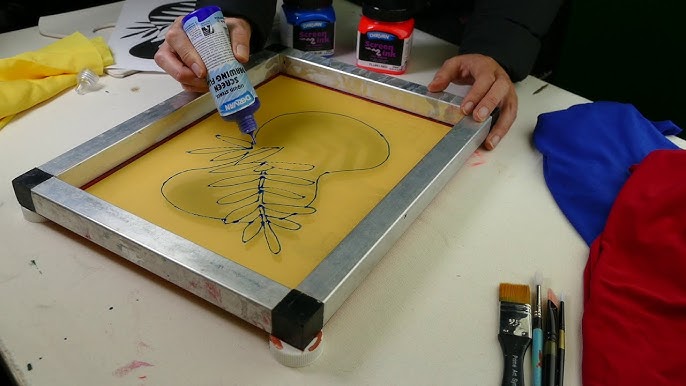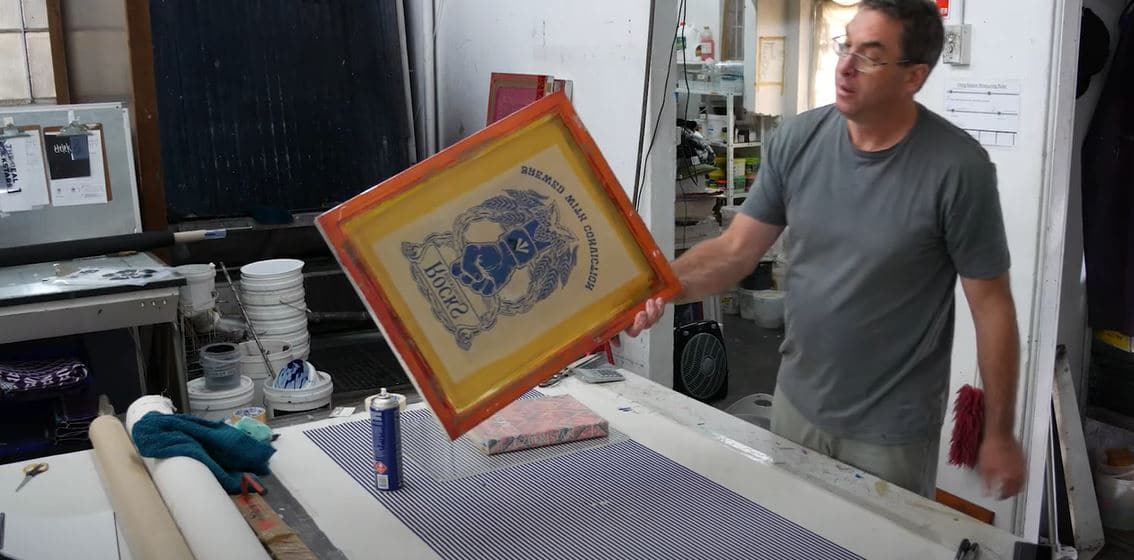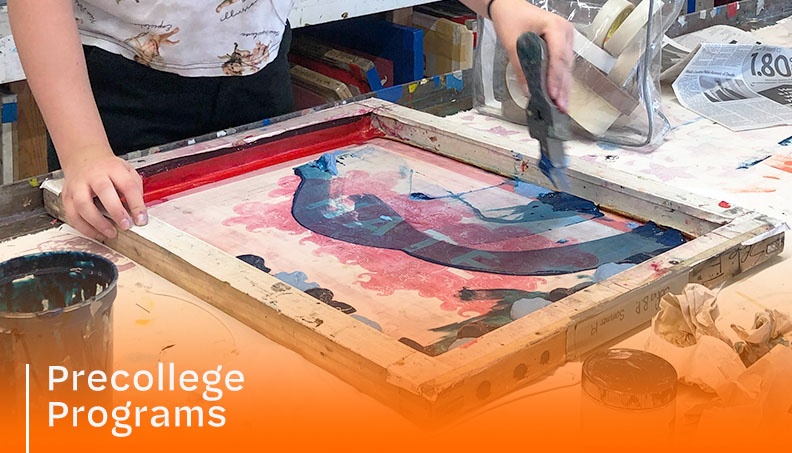The Important Guide to Recognizing Screen Printing and Its Versatile Uses
Screen printing has an abundant history that goes back to old times, advancing right into an innovative method made use of throughout various sectors today. This guide checks out the intricacies of the screen printing procedure, detailing its applications in advertising and marketing, home, and style style - 10:9 Design reviews. Understanding these fundamentals can open up creative possibility for both artistic and commercial projects. The complying with sections will certainly expose vital ideas and strategies to improve one's screen printing ventures
The History of Screen Printing
Screen printing has origins that trace back centuries, its development mirrors the technological and artistic innovations of numerous societies. Stemming in old China, the method was initially used for embellishing textiles and later infect Japan, where it came to be important to Ukiyo-e woodblock printing. The approach shifted to Europe in the 18th century, where it acquired popularity among craftsmens and industrial printers. The development of picture solution in the 20th century revolutionized screen printing, permitting more intricate designs and higher efficiency. Musicians like Andy Warhol better drove its appeal, making use of the tool to create legendary works that blended commercialism and fine art. By the late 20th century, screen printing had developed itself as a flexible strategy, utilized in vogue, marketing, and great art. Today, it remains to develop, incorporating electronic innovation and broadening its applications across numerous sectors.
The Screen Printing Refine Explained
Screen printing transforms imaginative visions into tangible layouts via a series of precise actions. At first, a picture is created and after that moved onto a screen, normally made from great mesh fabric stretched over a structure. A light-sensitive solution is related to the screen, which is revealed to light, hardening in areas not covered by the photo. After washing out the unhardened emulsion, a pattern is developed.
Next, the screen is placed over the substrate, whether it be fabric, paper, or one more product. Ink is then pressed through the open locations of the stencil making use of a squeegee, depositing the design onto the substrate listed below. This procedure can be repeated for numerous colors, calling for separate displays for each color. The published product is cured utilizing warmth to guarantee the ink sticks effectively, resulting in a resilient, vivid layout prepared for usage.
Types of Screen Printing Techniques

Furthermore, specialty techniques, such as discharge screen printing, remove color from the material to create softer prints, while foil screen printing uses metallic foil to accomplish a shiny finish (10:9 Design Texas). Each technique supplies distinct attributes, providing to various imaginative needs and production scales, ultimately broadening the possibilities within the screen printing domain name
Applications of Screen Printing in Different Industries

Furthermore, the signage and advertising industries use screen printing for producing captivating screens and banners. This method enables strong shades and detailed layouts that catch focus. In electronics, screen printing is utilized for using conductive inks to circuit card, important for component links. Additionally, the home design industry welcomes screen printing to produce unique layouts on textiles and wall art. Overall, screen printing serves as an essential device throughout diverse fields, enhancing items with customized and aesthetically enticing graphics.
Tips for Successful Screen Printing Projects
While carrying out a screen printing task, careful interest to information can significantly boost the final result. Picking top notch products is crucial; this consists of the screen, inks, and substratums. Utilizing ideal mesh matters can affect ink deposition and information resolution. Preparation is just as important; complete cleaning of screens and proper exposure times guarantee crisp prints.
Next off, accurate registration is vital for multi-color prints. Utilizing alignment tools can help accomplish precise layering. Additionally, testing prints on scrap materials prior to production helps determine prospective issues without squandering resources.

Frequently Asked Concerns
What Materials Are Finest for Screen Printing on Textile?
Cotton and polyester blends are ideal for screen printing on textile because of their resilience and ink absorption. Additionally, specialized fabrics like silk or canvas can create one-of-a-kind textures and coatings, boosting the overall layout quality.
Exactly how Do I Tidy and Maintain Screen Printing Tools?
To cleanse and maintain screen printing devices, one ought to regularly wash displays with appropriate solvents, evaluate mops for wear, oil relocating parts, and shop all items in a completely dry, dust-free setting to lengthen their life expectancy.
What Are the Environmental Effects of Screen Printing?
Screen printing can have significant ecological impacts, consisting of chemical waste from solvents and inks, water use throughout cleansing processes, and power consumption. Sustainable techniques and environmentally friendly products are vital for minimizing these negative effects.
Can Screen Printing Be Done in your home Successfully?
Screen printing can be successfully done at home with the ideal products and techniques. Enthusiasts can produce high quality prints, though success depends upon their ability level, devices, and understanding of the procedure entailed.
What Are the Expenses Connected With Starting a Screen Printing Service?

Beginning a screen printing service involves expenses for equipment, products, and work space. First expenses commonly vary from a few hundred to numerous thousand dollars, relying on the range, top quality of machinery, and desired production ability.
Screen printing has an abundant history that dates back to ancient times, advancing right into more info a sophisticated strategy utilized across different markets today. An additional method, rotating screen printing, employs cylindrical screens, facilitating continual printing on material rolls, thereby enhancing performance for massive manufacturings. Additionally, specialized strategies, such as discharge screen printing, get rid of color from the fabric to develop softer prints, while foil screen printing uses metal aluminum foil to accomplish a shiny finish. In the style market, screen printing is widely made use of to produce lively layouts on garments, enabling brand names to display their unique designs. Cotton and polyester blends are ideal for screen printing on textile due to their durability and ink absorption.